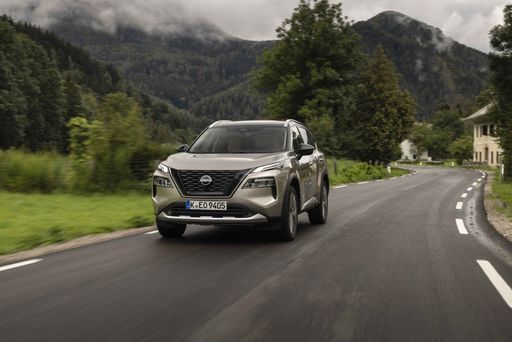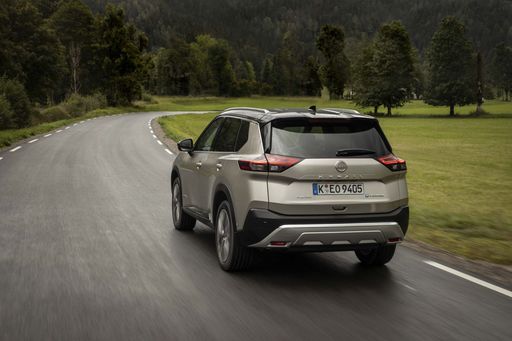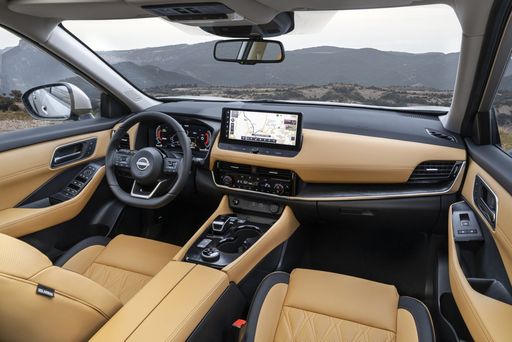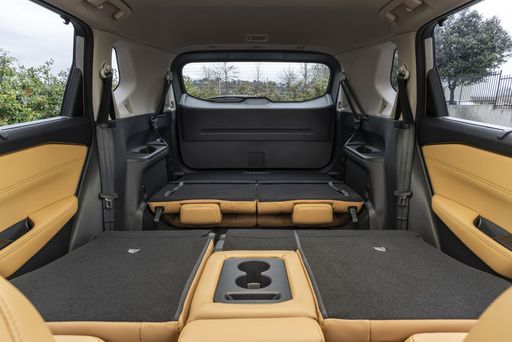Introduction: A Clash of SUVs
In the world of SUVs, the competition is fierce, offering consumers a plethora of choices to suit every lifestyle and preference. Among the contenders vying for attention are the Nissan X-Trail and the Mitsubishi Outlander. Both vehicles come equipped with advanced technology, robust performance, and spacious interiors. This article dives into a detailed comparison of these two popular SUVs, highlighting their technical aspects and innovative features.





